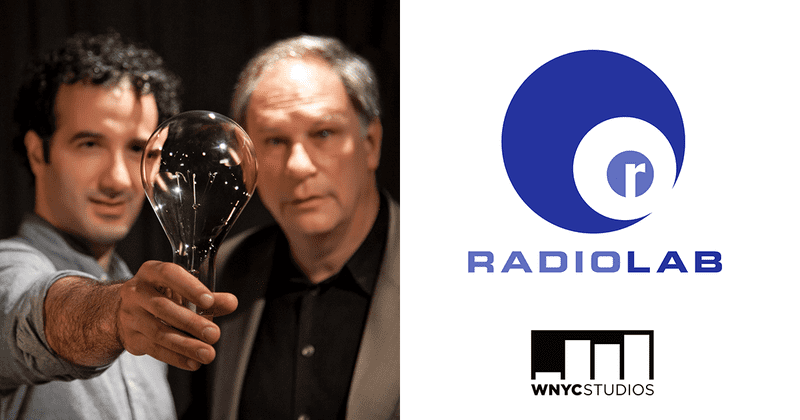Clutter can be a non-issue. However, for many of my clients, clutter that has established residency in their homes is a big challenge. Here is the thing. With some exceptions, the clutter didn’t appear overnight. It may not have felt problematic until the day you or a family member noticed it. Clutter is tricky in how it collects slowly, one postponed decision or action at a time. Have you noticed how clutter attracts more clutter? When surfaces and spaces are clear of excess, it’s easier to see when papers pile up or clothing draped on chairs are out of place. When there is too much stuff, it can become overwhelming and difficult to find a way forward. So what can you do?
Decluttering is a verb, which involves action. Taking action requires motivation. Identifying your why is essential to motivation, especially when you feel stuck. If your reasons aren’t compelling, then any significant movement will be less likely. The more clarity you have about why you want to change, the greater your chance for success.
When I work with my virtual organizing clients, having them articulate their why is a critical part of the work. Even before we begin working together during our initial contact, I listen carefully for their ‘why.’ I ask questions including:
What is driving your desire for change?
What prompted your call?
Why now?
The ‘why’ becomes a critical ingredient in my clients’ progress. If their reason is non-existent or weak, it could indicate they aren’t ready to move forward. It might also mean they need a different type of help, like a therapist. Or perhaps they don’t have the time and energy right now to devote to making a change.
“Decluttering is a verb, which involves action.”
The ‘why’ is different from a strategy. For example, many of my clients find that scheduling regular virtual organizing sessions provides accountability, which helps them accomplish more in between sessions. Using an accountability partner is a strategy. And sure, they experience a motivation boost knowing that we’re going to meet. However, our scheduled sessions aren’t the why behind the work. The ‘why’ is more personal, impactful, and comes from deep within. Do any of these resonate with you?
‘Whys’ That Motivate My Clients to Let Go of Clutter
I don’t want to feel overwhelmed by my stuff.
I don’t want to feel clutter-related stress and anxiety.
I don’t want my things to be a burden for my loved ones to handle after I’m gone.
I want to feel more in control of my life.
I want to have company over without feeling embarrassed by the clutter.
I want to feel safe at home so that I don’t trip or fall.
I want my priorities to be in alignment with my physical environment.
I want to stop wasting time and be able to easily find what I’m looking for.
I want to stop overbuying because I have so much clutter I don’t know what I already own.
I want to downsize, prepare our house for sale, and then move.
I want to make our home ready for the birth of our baby.
I want to create calm, uncluttered office space so I can work remotely without distractions.
I want my relationship with my spouse to improve. My clutter is a cause of contention.
I want to stop paying for storage.
I want my home to feel peaceful and calm. The clutter is distracting, and I can’t focus.
I want to let go of things taking up space, mental energy and serving no purpose.
I want less stuff. It’s too hard for me to maintain and manage.
I want to simplify and declutter so I can enjoy the next season of my life.
This is a small sampling of motivating reasons my clients let go of clutter and embrace change. What motivates you, your clients, family, or friends to declutter? What influence does the ‘why’ have? I’d love to hear your thoughts. I invite you to join the conversation.















